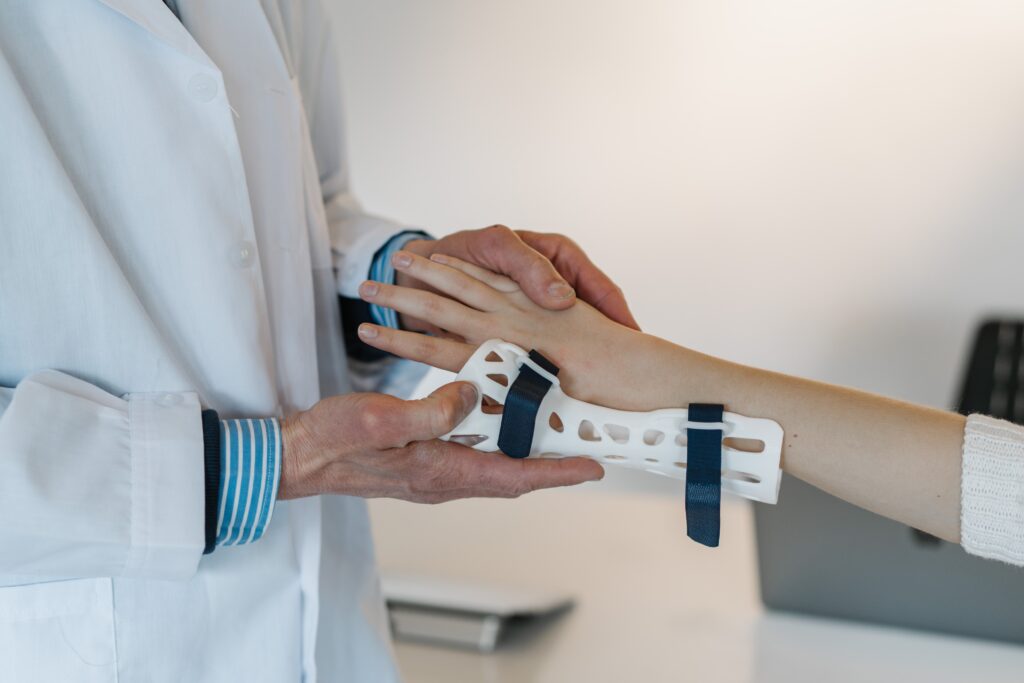Carpal Tunnel Syndrome (CTS) is a common condition that affects the hand and wrist. It occurs when the median nerve, which runs from the forearm to the hand, becomes compressed or pinched in the narrow passageway (carpal tunnel) in the wrist. This can lead to symptoms such as numbness, tingling, and weakness in the hand and fingers. In severe cases, it can cause loss of grip strength and difficulty performing daily tasks.
There are several factors that can contribute to the development of CTS. These include repetitive motions, such as typing or using a mouse, pregnancy, obesity, and certain medical conditions such as diabetes and rheumatoid arthritis.
To diagnose CTS, a doctor will typically perform a physical examination and may order a nerve conduction study or an electromyography (EMG) to confirm the diagnosis.
There are a variety of treatment options available for CTS. Non-surgical options include rest and splinting, as well as physical therapy to stretch and strengthen the muscles in the hand and wrist. Medications, such as non-steroidal anti-inflammatory drugs (NSAIDs) or corticosteroids, may also be prescribed to alleviate pain and inflammation.
For those with severe or persistent symptoms, surgery may be recommended. The most common surgical procedure for CTS is called a carpal tunnel release, which involves cutting the transverse carpal ligament to relieve pressure on the median nerve.
To prevent CTS, it’s important to take regular breaks when performing repetitive motions, such as typing or using a mouse. Stretching and strengthening exercises for the hand and wrist can also help to prevent the condition. Wearing a splint at night can also help to prevent symptoms from getting worse while sleeping.
In addition, maintaining a healthy weight and controlling any underlying medical conditions, such as diabetes, can also help to reduce the risk of developing CTS.
Overall, CTS is a common condition that can be treated effectively with a combination of rest, physical therapy, medication, and in some cases, surgery. By taking steps to prevent the condition and seeking treatment early on, it’s possible to alleviate symptoms and regain function in the hand and wrist.


